Buy once, buy well — and repair is better than replacement: The new philosophy of sustainable interiors
Sustainability relies on creating furniture and appliances that can be fixed — and the skills to do so, says Arabella Youens.

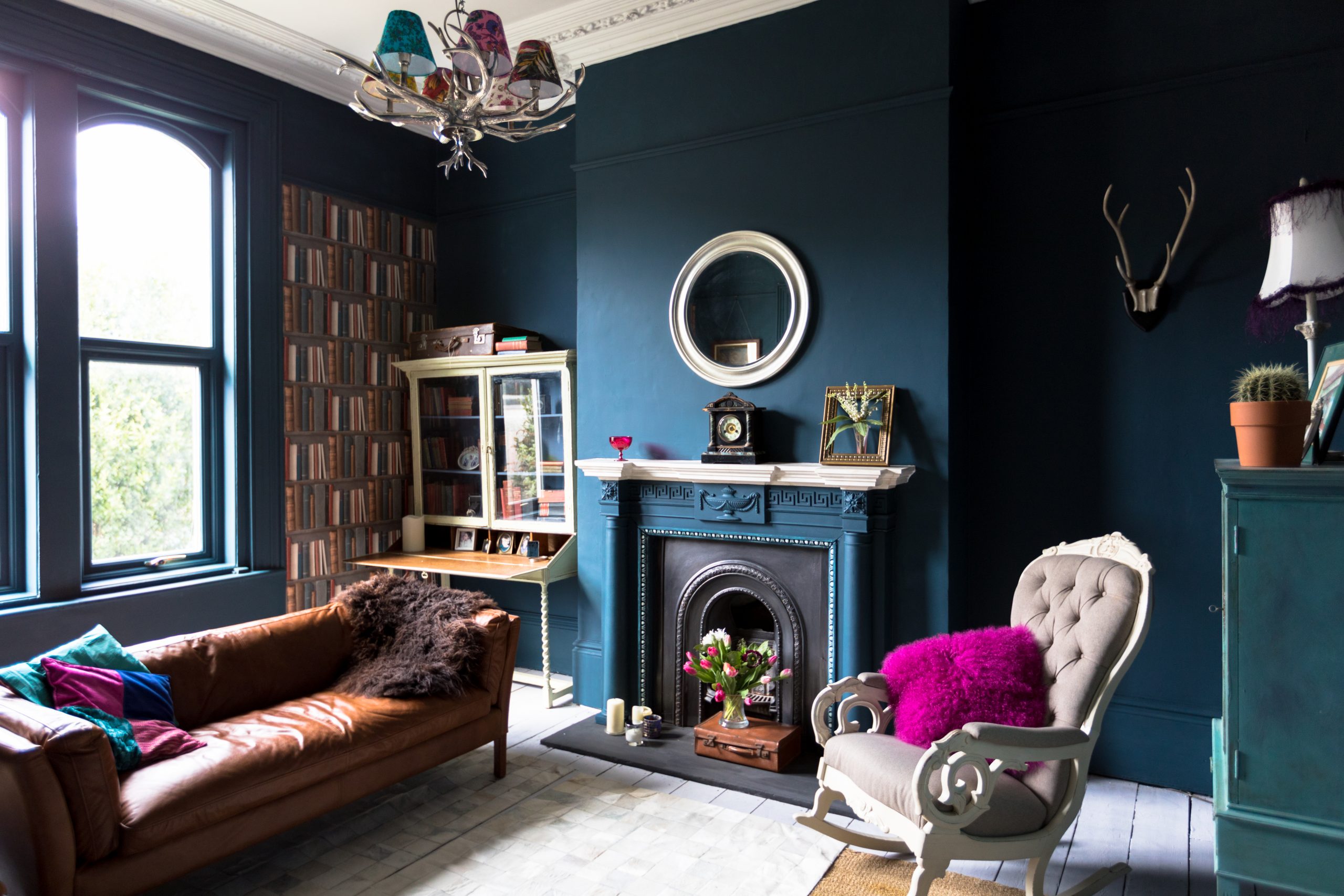
In May, a book was published titled Broken: Mending and repair in a throwaway world. It tackles the reality that we live in what the author, Katie Treggiden, describes as a ‘single-use society’, where fashion is fast, disposability is the norm and it’s easier to replace than to repair. She traces the linear take-make-waste model that has dominated Western economies back to the Industrial Revolution and champions the need to transform it into something more circular for the good of our planet, and ourselves.
Mending — or the desire to have things mended — is both generational and attitudinal. For some, it’s instinctive. My mother-in-law, born in 1938, has never needed to be lectured about the importance of looking after resources (we’ve come to blows about using margarine to make white sauce; I pointed out that butter rationing ended in 1954). To the distraction of the rest of the family, she has steadfastly held onto the belief that all items can and should be mended and for many years amassed a collection of redundant toasters, kettles and vacuum cleaners. A Belling warming cabinet, which hasn’t warmed a plate since at least 2005, has been repurposed as a storage unit.
The problem — and this is one experienced by many — is a blend of not being able to distinguish between what is worth mending (or would be hazardous should an electric current ever pass through it again) and not knowing where the skills lie to have pieces fixed, if they exist at all.
Yet, if television programmes are a bellwether for societal trends, there is a growing appetite to have pieces mended, which is best illustrated by the popularity of the BBC’s The Repair Shop, of which The King is a fan. At the grass roots, this interest is also demonstrated by several so-called ‘repair cafés’ that have cropped up across the country, which match people who need things to be fixed with people who like fixing things. The initiative is Dutch in origin and the aim of Repair Café International, the mother organisation, is as much about skills sharing and learning as it is about items being fixed.
This highlights a third obstacle, however: the fact that many designs are harder to repair. Prof John Naughton, from the University of Cambridge’s Minderoo Centre of Technology and Democracy, believes that this denies consumers the right to repair at a moment in time when the environmental impact of technology is having huge planetary consequences. A new law was introduced in 2021 to encourage manufacturers to design their products to be more repairable. It compels them to make spare parts available for a decade (why only a decade?) after production. However, the legislation, for the time being at least, only covers washing machines, washer-dryers, dishwashers, fridges and televisions.
This right to repair should cover almost everything we make, says Prof Naughton. When it comes to furniture and furnishings, the good news is that the skills and knowledge are out there, but the process starts with having well-made items in the first place. Some high-street offerings are held together with staples or glue, and are often impossible to put back together once disassembled. In contrast, a traditionally constructed sofa will have a dowel-jointed frame, sprung or webbed seat, and either feather-and-down cushions or a horsehair-squab cushion. Properly made, these will last at least 150 years, but can easily be refreshed by either re-covering or swapping in loose covers.
‘If we all had the “buy once, buy well” approach to everything we bought, then the logic follows that restoration offers much greater value than replacement,’ says Lulu Lytle, co-founder of British-made furniture, lighting and fabrics designer Soane Britain. We are far more likely to value something in which we are both financially and emotionally invested — look how people tend to treasure inherited things more — rather than a less considered, more impulsive buy, she adds.
Exquisite houses, the beauty of Nature, and how to get the most from your life, straight to your inbox.

Yosh Reilly and his wife, Clarissa, run Digger & Mojo, an antiques warehouse and restoration service a few miles outside of Pewsey in Wiltshire. An agriculturalist who worked in Africa and Papua New Guinea before returning to the UK nine years ago, Mr Reilly has turned his hand to restoration and says that almost anything made of wood is repairable. ‘My approach is to take pieces apart to understand how they were constructed. Restoration is a choice that comes down to value and how much people are prepared to pay for the work.’
Herein lies the challenge: few will attach any emotional value to a piece that is cheaper to replace than repair. But those that have been beautifully made — or have provenance — are different, notably the secretaire passed down the female line of one of Mr Reilly’s family since the Battle of Waterloo. With every owner’s name inscribed on the inside of the drawer, it is certainly worth the investment; the current custodian asked Mr Reilly to repair some of the delicate fretwork, which had broken, before handing it on to her niece, a process that involved tracing the original pattern on paper and replicating it by cutting and sawing tiny fragments of wood. ‘It’s a 200-plus-year-old piece of family history that is being handed over, but not every piece of furniture is regarded in an equal light.’
There are signs that attitudes are changing, starting with manufacturers themselves. Outdoor furniture specialist Gaze Burvill offers an aftercare service and lighting manufacturer Porta Romana has recently established a refurbishment and part-exchange service. Called The Upcycling Club, it allows customers to update existing lamps or trade in old Porta Romana pieces for new ones. At the other end of the furniture-buying spectrum, the online auction site eBay has just launched a ‘Better Than New Homeware’ hub, which collates vintage, refurbished and repaired pieces for sale — better for the planet and wallets, it says.

It’s clear that we would all be far more likely to have things repaired if it was obvious where to go, but sadly, we are still some way off every high street offering all the repair services we need.
‘Thankfully there is an increasing number of places that offer sewing and darning, often a local dry cleaner, and ours also does shoe repairs now,’ says Mrs Lytle.
‘However, fashion is still ahead of furnishings in this respect, I fear, and we would all benefit enormously from equivalent restoration services for woodwork and upholstery, as well as china, glass and electrical goods.’

The special magic of rattan, the furniture which almost forces you to recline languorously and have fun
A new book extols the virtues of rattan — and Giles Kime is absolutely sold.
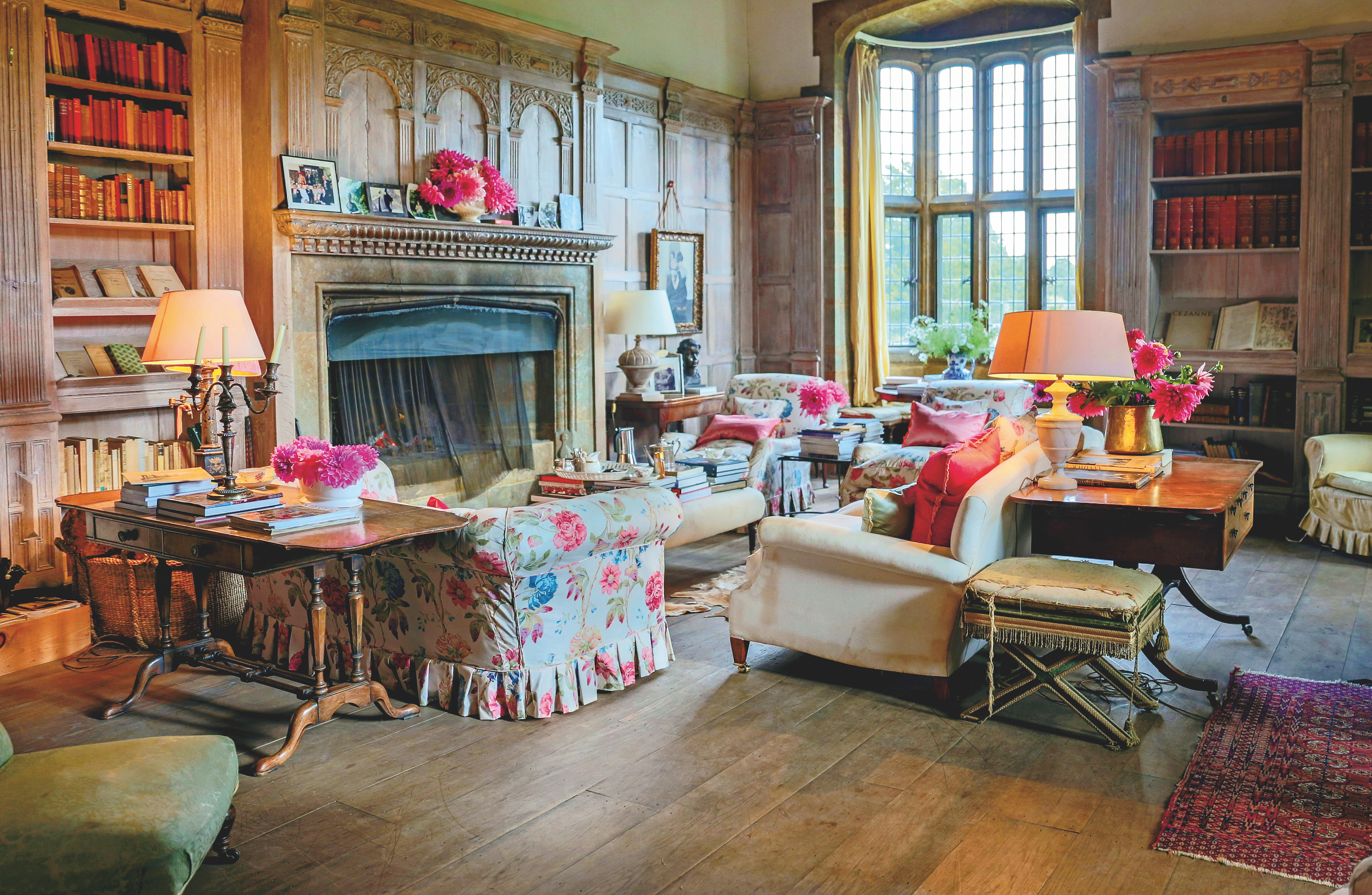
A double-height library and drawing room that's full of colour and fresh flowers
The library of Bridget Elworthy’s Jacobean manor house in Oxfordshire bursts with vibrant colour.
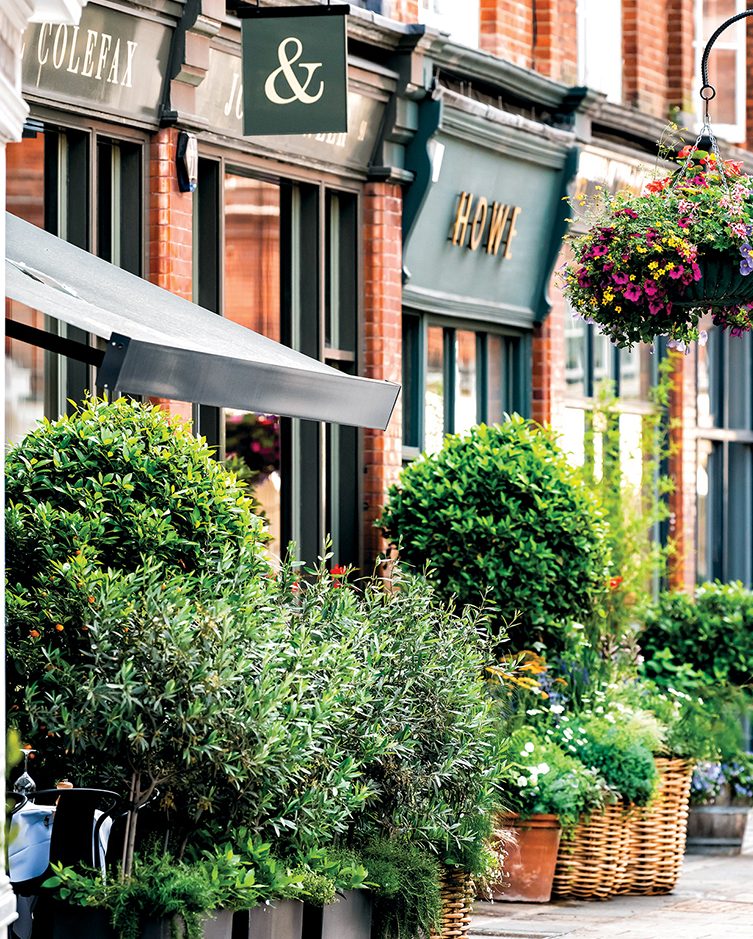
Credit: Alamy Stock Photo
In Focus: How Pimlico went from Mozart's playground to a world-famous hub for design and antiques
London’s premier design district is home to some of the world’s leading interior-design and furnishing shops, but its refined façades
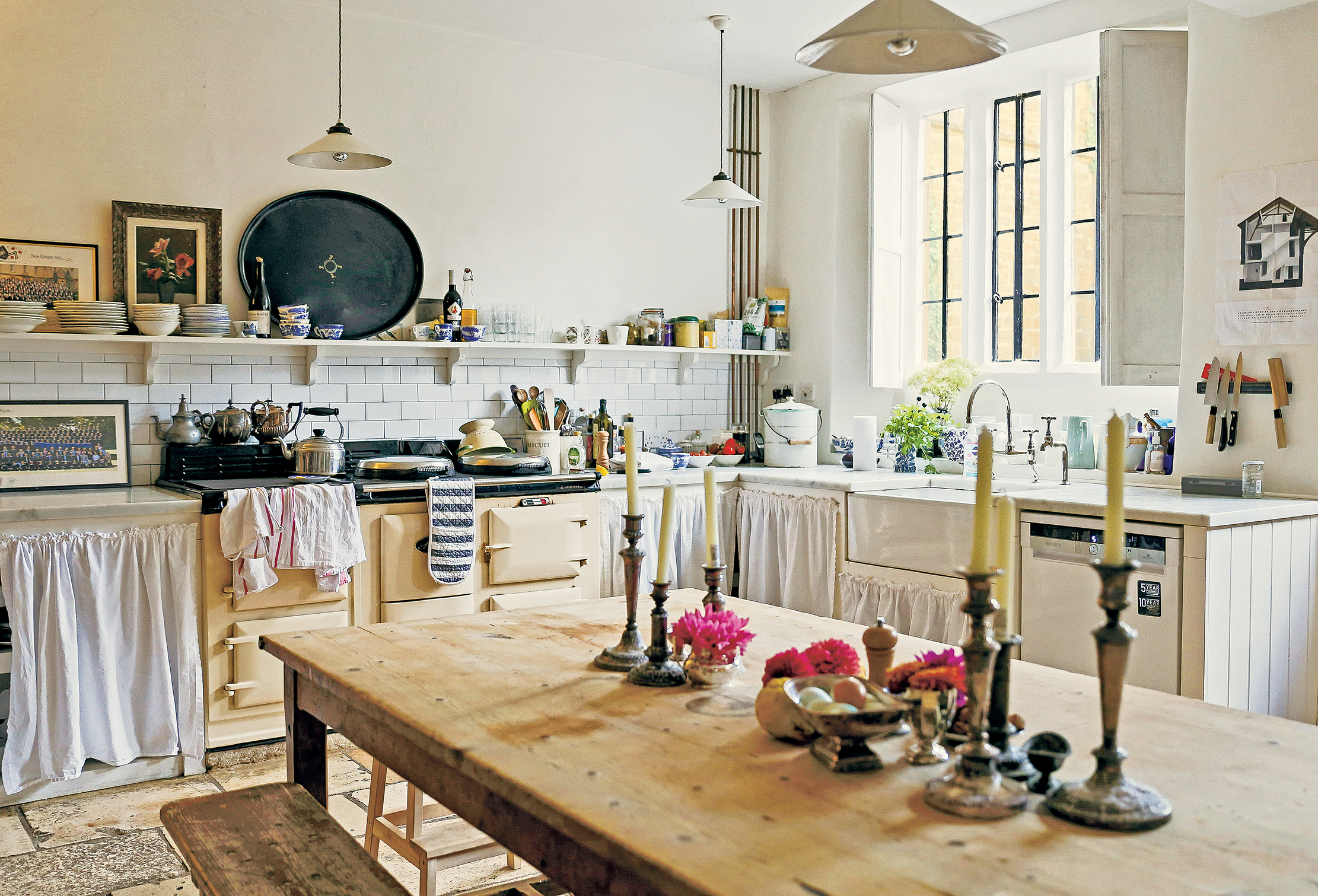
Credit: Stacey Bewkes / Rizzoli
The garden designer who turned her hand to interiors, and created this gorgeous country kitchen
From a blank canvas, garden designer Bridget Elworthy created a relaxed — and warm — country kitchen in an old
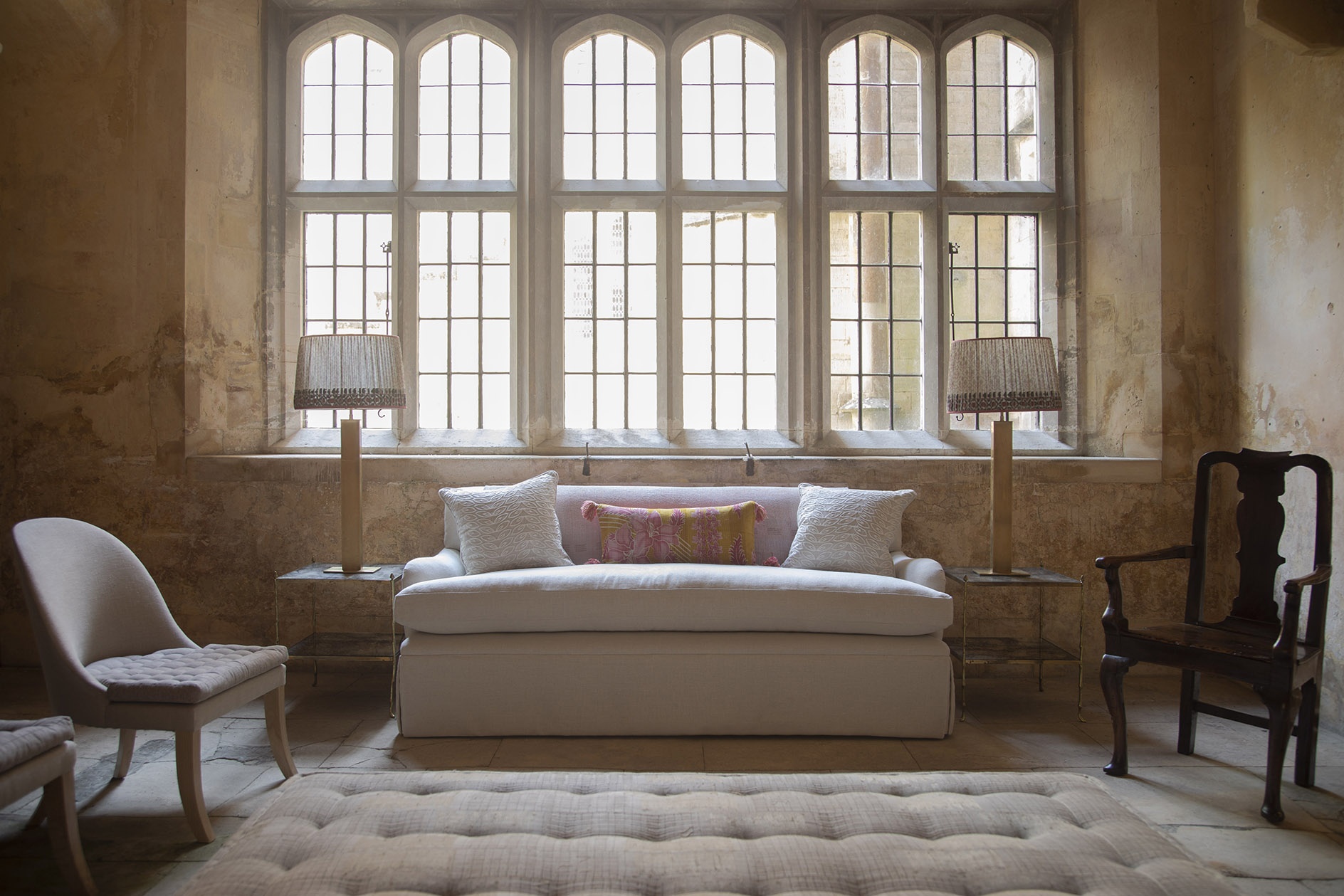
When is it right to show a bit of leg? (In your sofa covering, of course)
A new generation of upholstery is elegant, comfortable and doesn’t reveal too much leg, says Giles Kime.
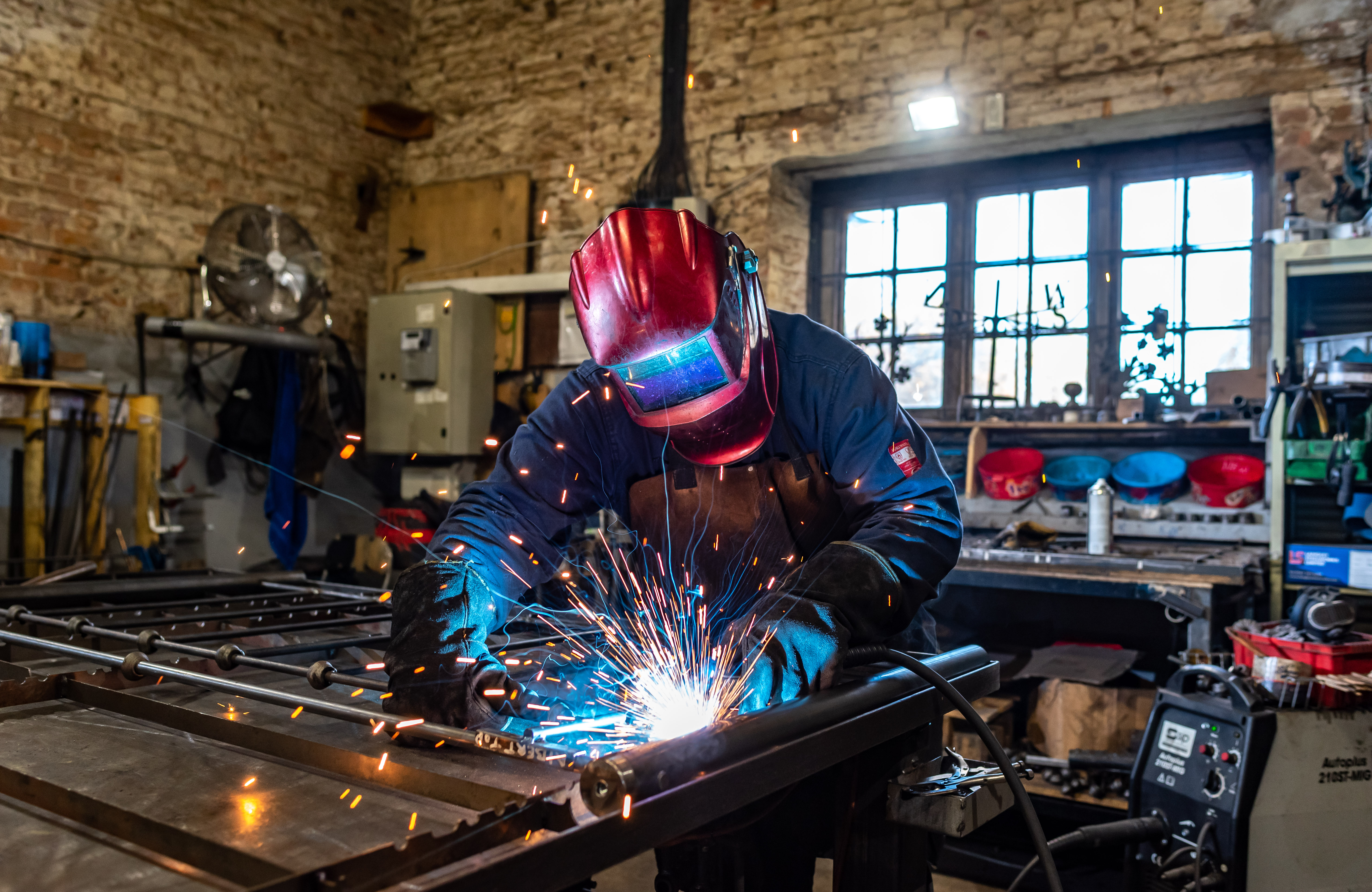
Best joiners, plasterers, kitchen designers and craftspeople in Britain, in the Country Life Bespoke Bible
Country Life names Britain's top bespoke craftspeople, extraordinary practitioners from joiners and stonemasons to furniture-makers and metalworkers.

